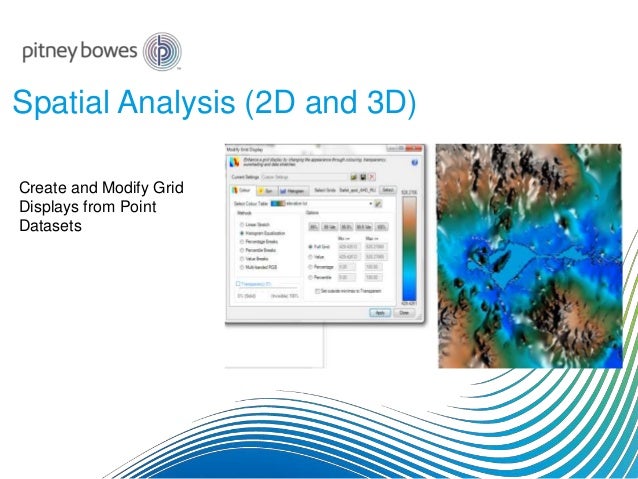
And both offer an extensive selection of custom applications and add-on modules as well as many consultants available to help you if you need to create a custom solution. Both offer very strong sets of mapping tools combined with relatively high ease of use. Their final scores were so close, at 8.15 and 8.20, respectively, and far enough ahead of the others that we consider them tied. The two graybeards in the desktop mapping world - MapInfo and ArcView - are still the front-runners. In this comparison, we looked at the five highest-profile desktop GIS programs: Autodesk Inc.'s World 2.0, Caliper Corp.'s Maptitude 4.0, Environmental Systems Research Institute Inc.'s ArcView 3.1, Intergraph Corp.'s GeoMedia 2.0 and MapInfo Corp.'s MapInfo Professional 5.0. The second major area of improvement is a broader offering of modular add-on programs from the vendor or third-party developers. database, where it can be shared by the entire organization and accessed at will from within the mapping program. That allows users to store spatial data in, for example, an Oracle Corp. First, some of the programs offer greater connectivity to external data. This time around, the most obvious improvements are in two areas.

In our last comparison of desktop mapping, or geographic information system (GIS), products in March 1998, the news was that the stronger products had added more powerful custom programming tools and solutions for publishing interactive maps to the World Wide Web. Or you might want to have the map display all hospitals within five miles of a major freeway in the Washington, D.C., metropolitan area. You might, for example, attach census data to a map and then query the program to display the average household income in each census tract, county or state. You can create or import map boundaries, attach data to the map areas and then perform operations on the data, displaying the results in full color on the map. The basic features of mapping programs have been set for several years.

The programs are being used for an increasing variety of purposes: analyzing crime patterns, tracking demographic data, allocating aid in urban areas, dispatching emergency response vehicles and plotting campaign strategies for re-election. Desktop mapping programs are growing ever more popular in government agencies, thanks to their ability to combine geographic and other types of data.


 0 kommentar(er)
0 kommentar(er)
